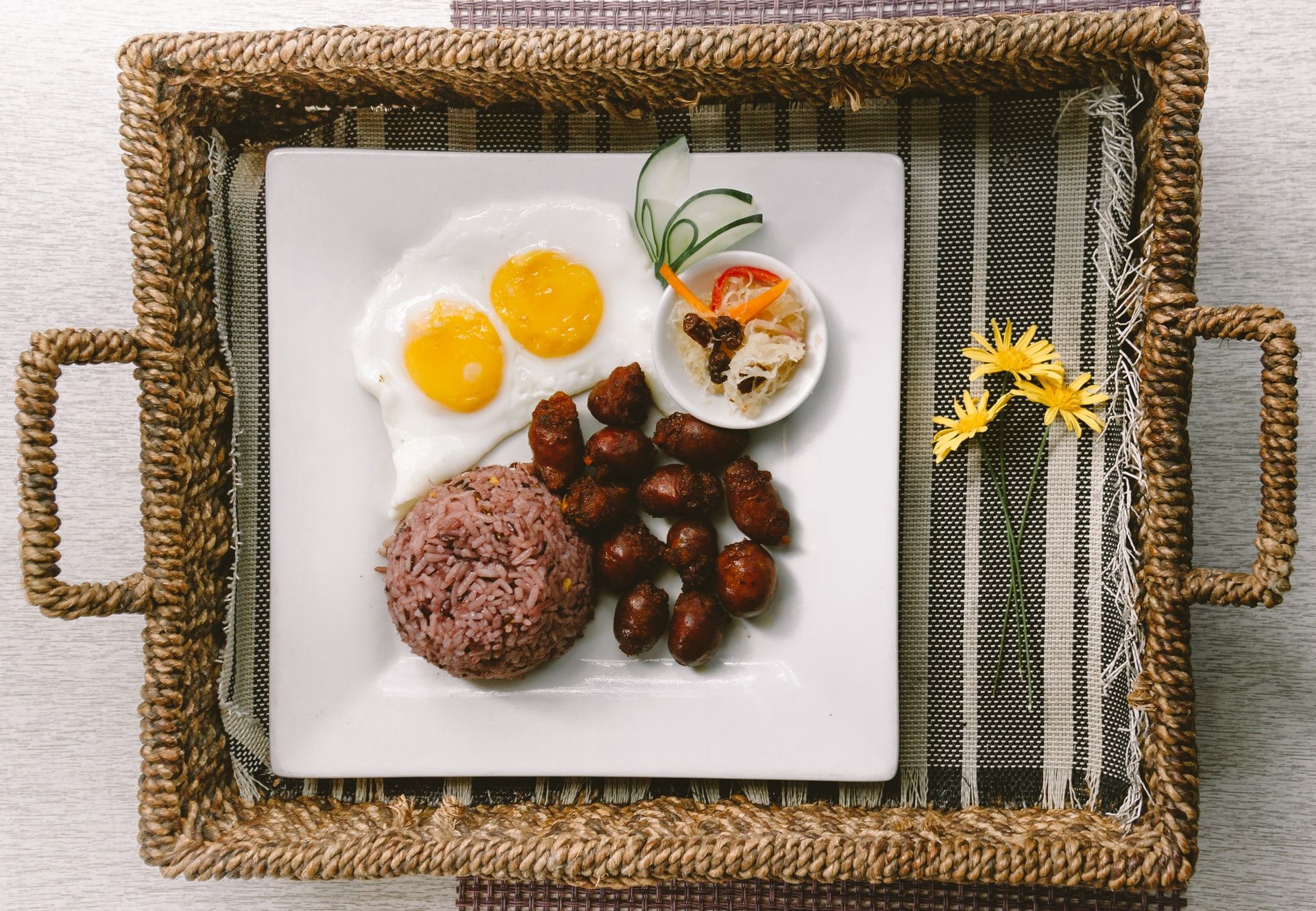Garlicky or sweet. Stuffed into casings or skinless. There is a longganisa for everybody. Which one is your favourite?
The Philippine longganisa got its monicker from the Spanish longaniza which is described as a fresh sausage seasoned with paprika, aniseed, cinnamon, garlic, and vinegar. The name has since been adapted into the vernacular, but our local longganisas are just as diverse and unique as our regional cultures and cuisines. The raw sausages are cooked until they form a golden-brown crust and are then served with fried eggs and garlic rice, best accompanied with atchara (pickled fruit or vegetable relish) and a spiced vinegar dipping sauce.
Read more: Meet 3 Food Evangelists Bringing Filipino Food Around The Globe
Filipino longganisas are either de recado (garlicky) or hamondo (savoury sweet), then its recipes are open to interpretation based on adaptability and innovation. Most local sausage makers admit to simply winging it depending on the availability of seasonings and spices as well as meat texture and quality.
The result is a dizzying array with the hundreds of longganisas available coming from each town and each household with their own heirloom recipe. Sometimes being spoiled for choice can be tedious, so we offer you a list of the more popular ones.
